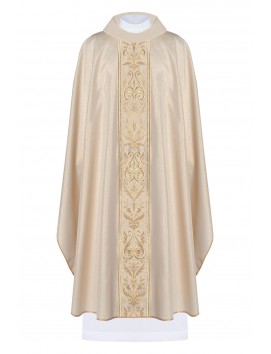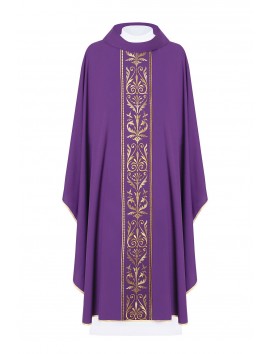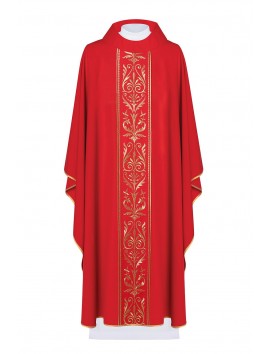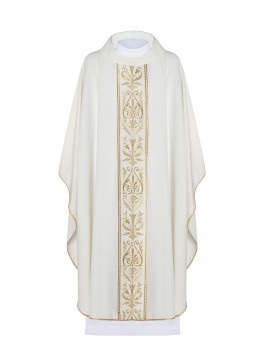It depends on the denomination and the occasion. Here are some examples:
- In the Catholic Church, black cassocks are usually worn by priests and seminarians. However, bishops and cardinals wear a purple cassock, while the Pope wears a white cassock.
- In the Anglican Church, black cassocks are also the most common, but some clergy wear purple cassocks during Advent and Lent, and white cassocks during Christmas and Easter.
- In the Orthodox Church, black cassocks are worn by most clergy, but bishops wear a purple or red cassock, while the Patriarch wears a white cassock.
- In some Protestant denominations, including Lutherans and Methodists, black cassocks are also commonly worn by clergy, especially during formal services.
The colors of cassocks worn by clergy may also have specific meanings. For example, purple is often associated with repentance and preparation, while white is associated with purity and joy.
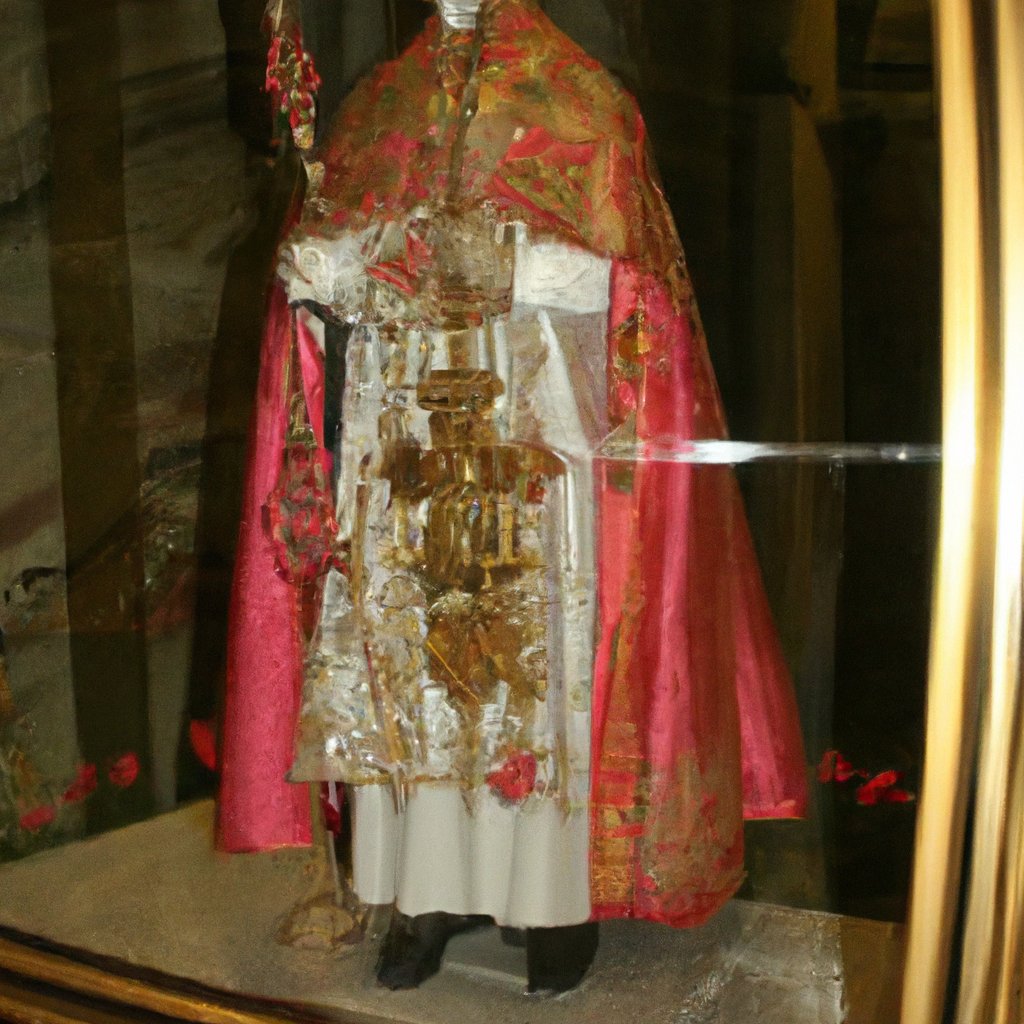
What does a red cassock mean?
In some religious traditions, a red cassock is worn by certain clerics, especially bishops and cardinals, to signify their rank and authority within the church. Red is often associated with the blood of Christ and is a symbol of sacrifice and martyrdom. Red is also a liturgical color, used at certain times of the church year, such as Pentecost, and on special feast days, such as the Feast of the Holy Cross.
In the Catholic Church, for example, cardinals wear a red cassock to symbolize their role as advisors to the pope and their willingness to shed their blood for the church. Bishops may also wear a red cassock during certain liturgical celebrations, such as the consecration of another bishop or the dedication of a church.
It's important to note that the use of red cassocks may vary by denomination and tradition.
What goes on top of a cassock?
The style and type of garment worn over a cassock may vary depending on the religious tradition and the occasion. Here are some examples:
- In the Catholic Church, a priest may wear a black or colored clerical shirt with a white collar over his black cassock. He may also wear a black or colored waistcoat or a black or colored jacket, depending on the formality of the occasion.
- In the Anglican Church, a priest may wear a black or colored clerical shirt with a white collar, along with a black or colored waistcoat and a black or colored jacket. Bishops may wear a purple or red cassock under their chasuble or a full-length robe called a rochet.
- In the Orthodox Church, a priest may wear a black or colored cassock with a mandyas, a large cape-like garment that goes over the cassock. Bishops may wear a white or gold pectoral cross over their cassock.
Who can wear a red cassock?
The use of a red cassock is often associated with certain positions or ranks within the Church, such as bishops and cardinals. The specific rules regarding who can wear a red cassock may vary by denomination and tradition.
In the Catholic Church, for example, red cassocks are usually reserved for cardinals, who wear them as a symbol of their office and rank within the Church. Bishops may also wear a red cassock on certain occasions, such as the consecration of another bishop or the dedication of a church. However, this may vary according to local customs and the preferences of individual bishops.
In other Christian denominations, such as Anglicanism and Orthodoxy, the use of a red cassock may also be associated with certain ranks or positions within the church. However, specific rules and traditions may vary depending on the denomination and local customs.
Who wears a purple cassock?
The use of a purple cassock is often associated with certain positions or ranks within the church, such as bishops and other high-ranking clergy. The specific rules regarding who can wear a purple cassock may vary by denomination and tradition.
In the Catholic Church, for example, purple cassocks are typically worn by bishops, who wear them as a symbol of their office and rank within the Church. Cardinals may also wear a purple cassock, but theirs is a deeper shade of purple called "scarlet”. In some cases, priests who serve as chaplains to cardinals may also wear purple cassocks.
In the Anglican Communion, purple is often used as a liturgical color and is associated with penance and preparation. Bishops may wear a purple cassock along with a purple zucchetto (skullcap) as a symbol of their office and rank. In some Anglican traditions, priests may also wear a purple cassock during certain liturgical seasons or for certain services.
Who wears a red cassock?
The use of a red cassock is often associated with certain positions or ranks within the Church, such as bishops and cardinals. In the Catholic Church, for example, red cassocks are typically worn by cardinals, who wear them as a symbol of their office and rank within the Church. The red color represents the blood of Christ and the cardinal's willingness to defend the faith, even to the point of shedding his own blood. Bishops may also wear a red cassock on certain occasions, such as the consecration of another bishop or the dedication of a church. However, this may vary according to local customs and the preferences of individual bishops. In some other Christian denominations, such as Anglicanism and Orthodoxy, the use of a red cassock may also be associated with certain ranks or positions within the church, but the specific rules and traditions may vary.
Who wears a black cassock with red piping?
The black cassock with red piping is often worn by certain high-ranking members of the Catholic Church, such as monsignors. The red piping, which typically runs along the edges of the cassock and around the buttons, is meant to indicate the wearer's rank. Monsignors are generally considered a step below bishops, and the title is usually given as an honorific in recognition of the person's service to the Church. The black cassock with red piping is also sometimes worn by other high-ranking clerics, such as certain officials within the Vatican, but this may vary depending on local customs and traditions.

